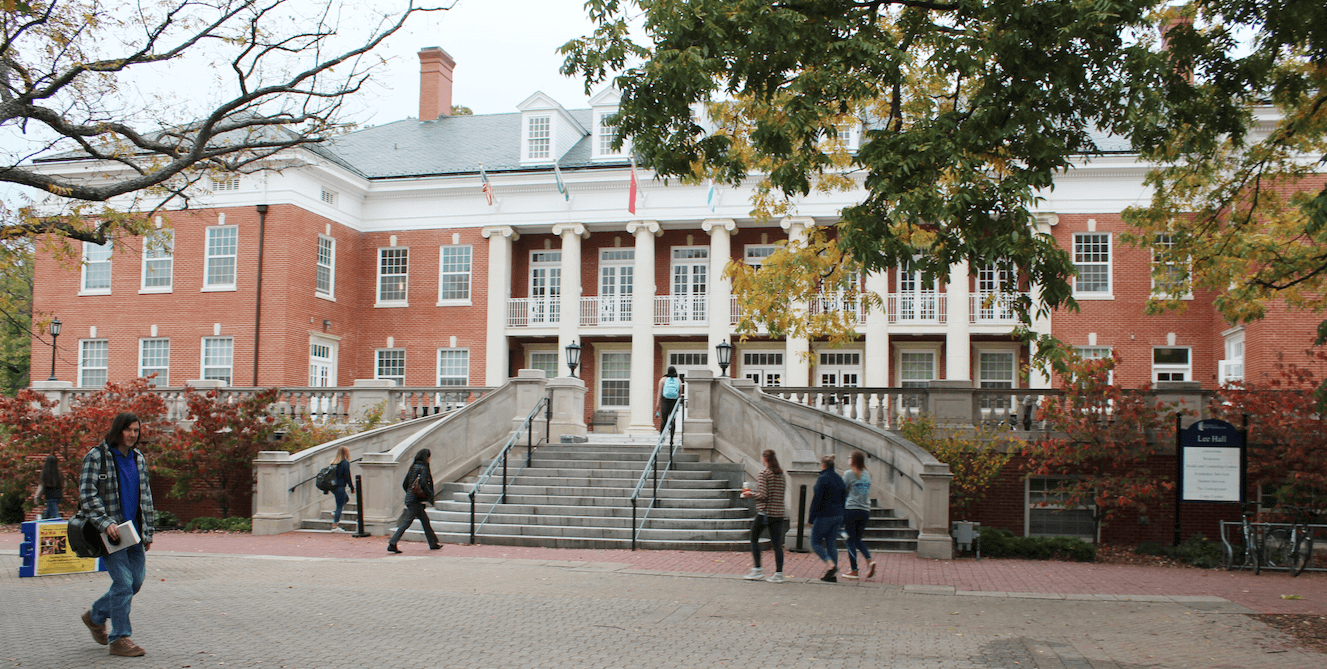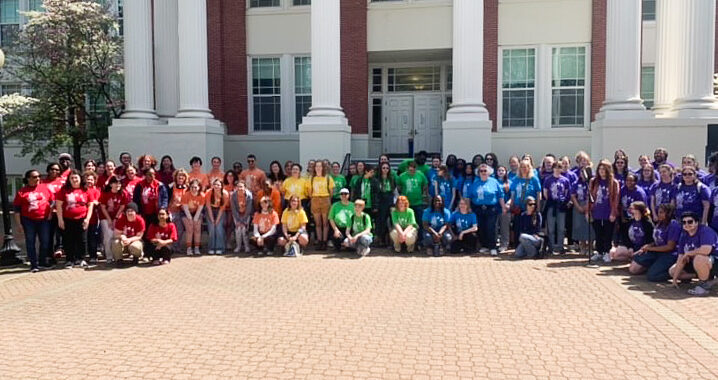Gender imbalance of admission statistics
3 min read
Cayley McGuire | The Blue & Gray Press
By RACHEL FINSTON
Senior Writer
The gender imbalance at the University of Mary Washington has been a known figure since the college transitioned to a coed study body in 1972. This consistent numeral has earned UMW the name, “the University of Mostly Women.” In 2015, the incoming freshman class was 65 percent female, some students emphatically promote this data as a proud badge to wear while others are neutral in response to these numbers.
“Dude, that was a draw,” said junior historic preservation major, Megan Milonovich. “I was like ‘hell yeah I want to go to a school that’s like seventy percent women… Mostly I just thought it would be nice to be in a largely female environment for once.”
Another student, Bryce Harrington, senior computer science major, agreed, “I came here because of the three to one ratio.”
This imbalance exists because more women tend to apply to University of Mary Washington’s undergraduate programs than young men. In the last four years, the number of female applicants has steadily been almost double the number of male applicants. In 2016, the university received 6,270 applications, and 4,082 of them were from women, according to Marty Morrison.
UMW is historically a women’s college, despite being co-ed for decades, the school maintains this status by providing single-sex dorms for women on campus. Even though most applicants are female.
There is a fixed number of spots for incoming freshmen, though that number has gone up considerably in the last few years. In 2015, the largest freshmen class in the university’s one hundred year history was welcomed.
The rate of admissions is 74 percent, and the number of applications received for undergraduate study has increased from 4,501 in 2013 to 6,270 in 2016, according to data provided by Marty Morrison.
One aspect of admissions is that there are a preselected number of slots available to students, which may affect female students negatively because of the higher rates of women applicants as opposed to male applicants. More female applicants are therefore turned down than men admitted.

The majority of female students admitted to UMW have had higher GPAs for three out of the last four years. In 2016, the average GPA amongst female students admitted to Mary Washington was 3.74, while male students averaged 3.57. The percentage of male students accepted is below the average acceptance rate for three out of the last four years, and data for all four years shows male students being accepted at about the same rate as females per capita.
These numbers appear fair, in terms of the number of applications received. The differences between students in terms of SAT scores and ACT composite scores can be seen as negligible, though SAT scores have gone down over the last few years. In 2013, the average SAT score of admitted students was 1720 across the board, and in 2016 it was 1685. Most students take the SAT, a significantly lower number of students take the ACTs. ACT scores appear consistent in the data for the last four years.
Information on the impact of college essays or club positions held in high school is not accessible to the press, but admission to institutes of higher education is based primarily on academic merit. It is impossible to conclude whether male students are given priority over their female peers from only this data. What can be concluded with the information available is that there are simply fewer male applicants to Mary Washington, and thus fewer male students accepted.
Junior Business Marketing major Tyler Finley said that gender played no role in his choice to attend Mary Washington.
“I don’t mind it at all, I didn’t come here for that specific reason,” said Finley. He further elaborated that he likes the history of the town and the architecture, which is what drew him to the school.
For most students, there were many aspects of the school that played a role in them coming here and the gender divide was not a prominent one.
“I honestly don’t notice the gender imbalance very often,” said sophomore art major, Tara Meeks. “It didn’t really affect my initial decision to attend UMW, either, but I have definitely come to enjoy the more feminine culture here at UMW.” The admissions office was unable to comment on this topic in time for publication.
The information gathered for this article through a Freedom of Information Act.











